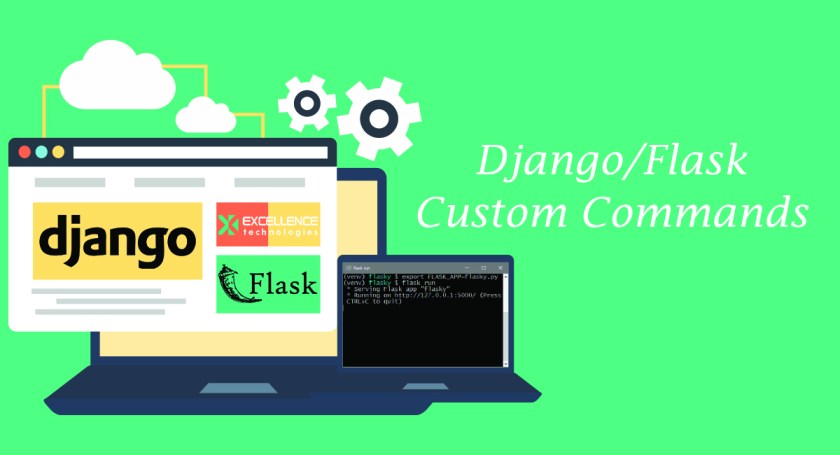Custom commands or what many have come to know as management commands or utility commands are one of the essential features that are provided by python frameworks. These commands are quite useful when performing tasks that requires a lot of different methods to complete the task.
Introduction:
The ability to send emails to either the users of your application or to yourself is a very nice feature to have in your web application. This blog post will demonstrate how to incorporate the sending of emails to users when they create a new account. how to confirm users’ email address.
Till now in our previous blog posts we have developed our flask application, lets now see how we can deploy it to a server.
Application factory is a pattern in flask and used most of the times when we split our code based into difference files.
In the previous blog post we slow how to simply split our code, in this post we will take it further and see what is best recommended way of doing it and why.
As per mentioned earlier, these tutorial are purely focused towards api development using python so we will directly start with Flask
Recent Posts
Categories
- advanced
- angular
- angularjs
- back-end-amp-database
- beginner
- blockchain
- cloud-infra-and-dev-ops
- deep-learning
- devops
- directives
- django
- ec2
- ecommerce
- express
- flutter
- general
- graphql
- ionic-framework
- machine-learning
- magento
- mean-stack
- mobile-apps
- mongodb
- mongoose
- nlp
- nodejs
- phonegap
- python
- react
- react-native
- responsive
- responsive-design
- socket.io
- uncategorized
- vuejs
- web-application

